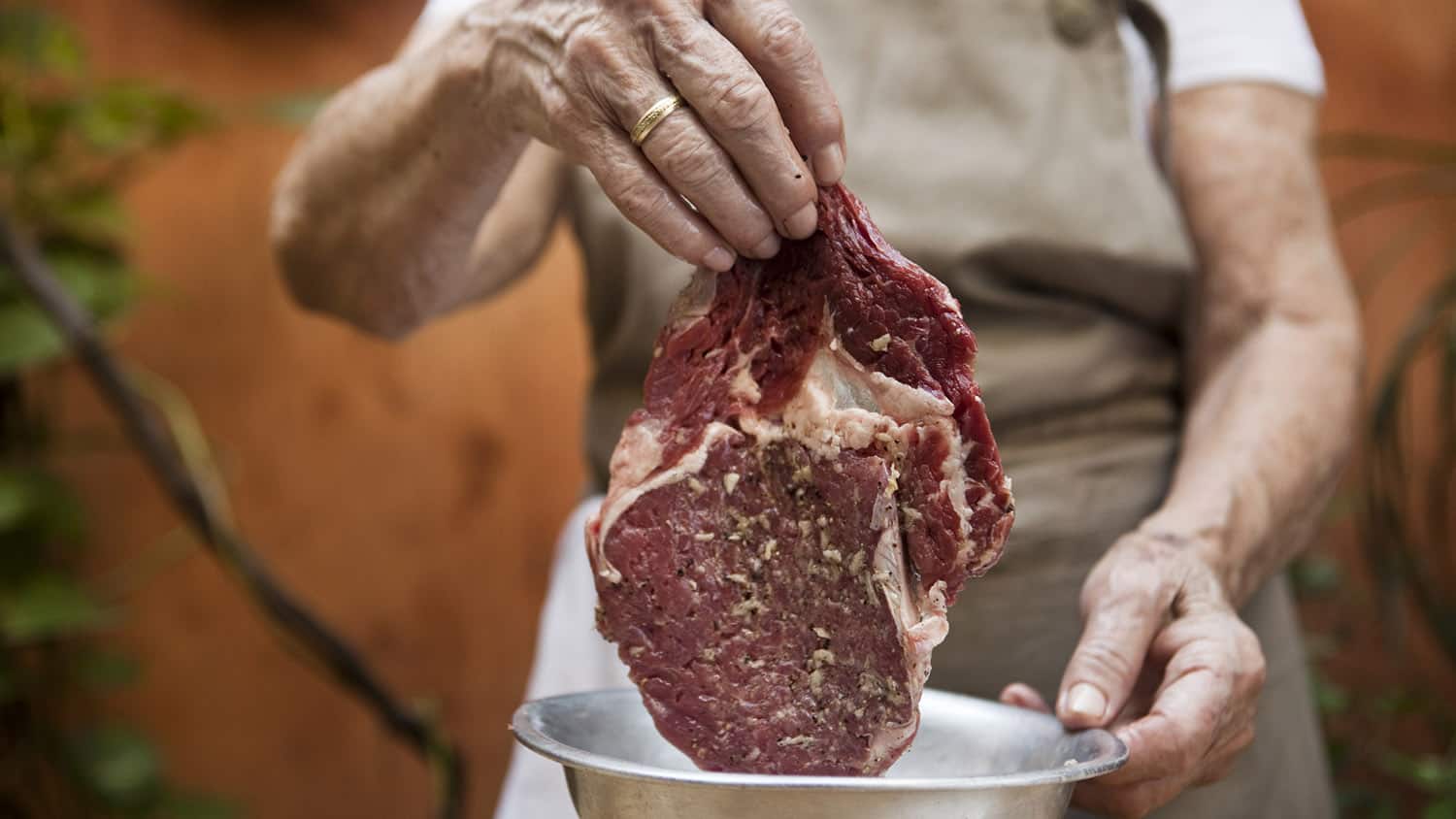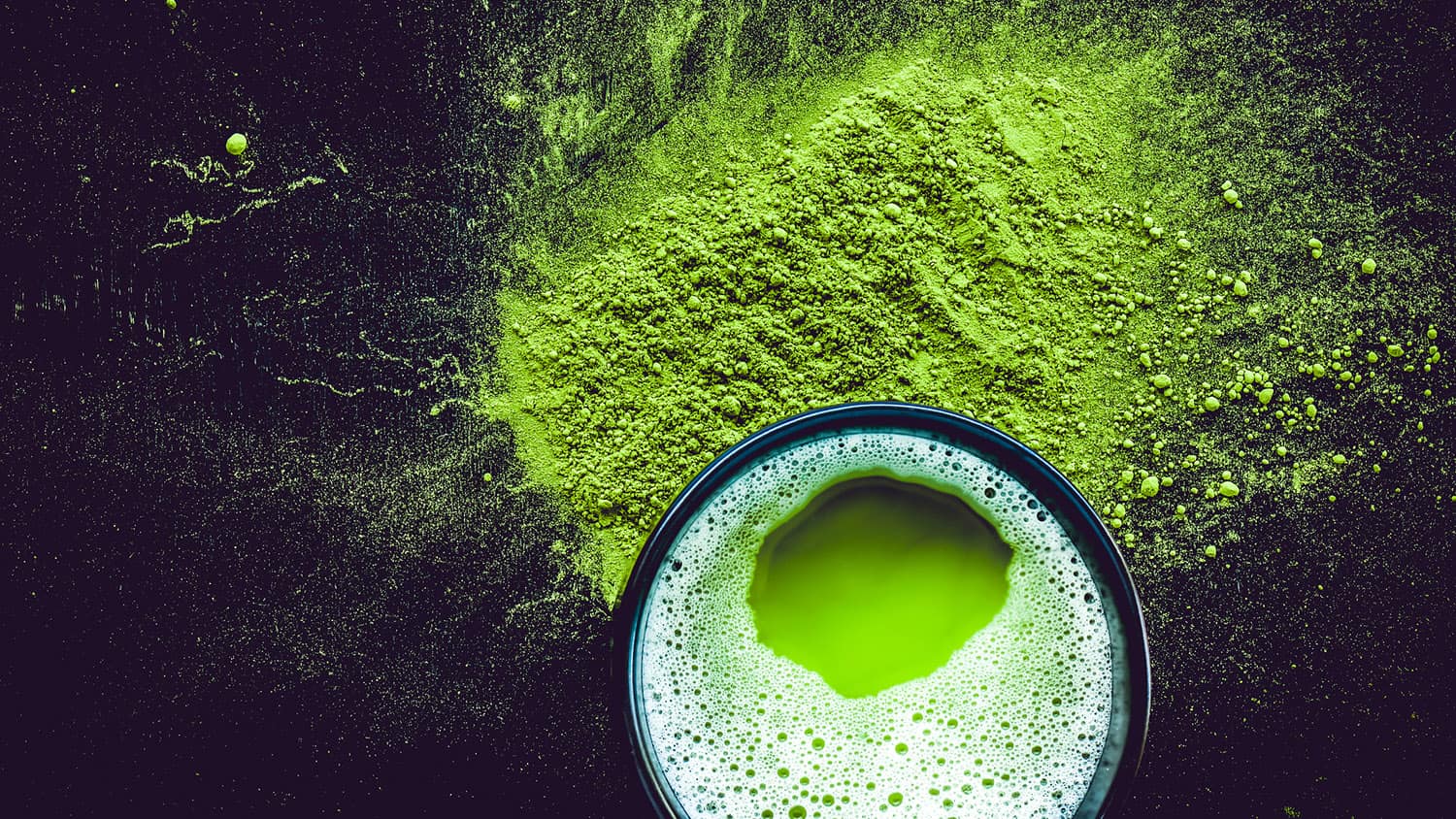
To Eat or Not Eat… Meat – A Diet After 60 Decision Worth Debating
I am proud to be a farmer’s daughter and cherish my memories growing up on the farm. The first lambs and calves of the year meant spring was finally here. Winning a blue ribbon for my show pig at the county fair is an early accomplishment I’ll never forget.
I grew up eating like a farmer’s daughter, too. I love meat.
I know a lot of people don’t eat anything with eyes for personal reasons, and I’m fine with that. But the meat food group often gets a bad rap which, in my opinion, is not fair. Still, I can’t help wondering if too much meat in my diet might stop me short on my 100th Year Project.
Heart of the Matter
When study after study came out blaming heart disease on saturated fat, particularly in meat, we started eating more poultry – three times more chicken now than we did in the 1960s.
We heard clever ad campaigns like “Pork: The Other White Meat.” But it wasn’t long before poultry – and even the humble egg – became villains, too, as production increased to keep up with the demand.
More recent studies are proving carbohydrates and sugars, not fat, are the more likely culprits in high blood cholesterol and potential heart disease. I admit my cholesterol is too high. I do worry about heart disease. And what I’m learning messes with some of my favorite lunches.
It turns out that a bad mix is when we combine saturated fats from meats with sugars and refined carbs. I guess that Philly cheesesteak sandwich and Sweetie Pie that I shared for lunch last Saturday wasn’t so good for us. But nice lean slices of steak on a green salad? That’s health food.
Pumped on Protein
Meat, on its own, packs a heck of a protein punch. If we eliminate it entirely, it would become hard to eat enough protein to maintain the bone and muscle so important to our strength as we age.
How much protein do we need? Some say the average adult needs 60 to 90 grams of protein a day. That seems like a lot to me, so I found a handy USDA calculator for a more individualized answer.
A 3.5 ounce serving of beef delivers roughly 35 grams of protein, while the same size piece of tofu only has about 9 grams. Peanut butter comes in higher at 22 grams, but I can’t imagine eating 3.5 ounces of peanut butter. That would be more than 600 calories!
The point is clear. We don’t need a big, high-calorie piece of meat to get a lot of protein. Higher quality meat, like grass-fed beef, is even more nutritionally super charged. It costs extra, but the added expense may be worth the nutrition. Remember, you don’t need a big piece.
Down on the Farm
I’m the first to admit farming has changed since I was a kid. I used to watch cattle graze on the hill beyond the creek while I washed dishes at the kitchen sink.
Then the Environmental Protection Agency decided those grass-fed cattle posed a health risk, even though the creek came nowhere near human water supply.
Happy as those cows were in the pasture, most modern farming requires closer quarters for animals at least part of their lives. While cows and young calves are still mostly grazed, the majority of beef you buy in the grocery store now finishes its life on a feedlot.
Another fact shaping agriculture: the world has lost a third of its highest quality growing and grazing land since I left the farm 40 years ago.
Right here, near our Florida coastal community, is a highway we call the “cow road” because cattle used to graze on both sides. But the cattle are gone, and bulldozers are moving rich, dark farm dirt to make room for thousands of houses.
Even with less land, farming is much more efficient and productive than when I was a kid. Modern meat production is here to stay, as are fish and seafood farms. We gotta eat!
Animals in closer proximity tend to share sickness just like your grandkids do at day care. Without vaccinations and antibiotics, the farmer could lose a whole herd and many years of wages.
Process This
When it comes to processed meats, I’m a little more cautious. I prefer my own meatballs from beef and pork I grind at home to freezer-section varieties.
I know restaurant-style chicken nuggets are not health food. The air-fried chicken breast I make at home is a better option. But there’s one processed meat I can’t make better at home. Bacon!
Two summers ago, I flew home from Illinois, hand-carrying a gorgeous tomato from my sister’s garden. It screamed B.L.T., and I am not one to deny myself.
We bought the most natural bacon we could find. It was a treat, not part of my everyday diet. I do try to avoid additives and preservatives and other ingredients Grandma wouldn’t recognize as food.
So often, when we eat in a restaurant or gobble a culinary treasure from a food truck, we don’t really know what we’re eating. It’s hard to avoid ingredients you’d rather skip, like nitrates and nitrites.
If you like cured meats, salami and sausage like I do, you can find plenty of nitrate-free options now –even hot dogs! The occasional indulgence probably isn’t going to harm our health.
All meat, even without additives, goes through a chemical change when cooked on high heat. Could those black grill marks on your perfect grilled steak cause cancer? The Ouija board heads toward yes. In fact, many nutritionists recommend marinating meat before throwing it on the barbie to retard burning.
To eat or not to eat meat? It’s a very personal question. I fall squarely on the eat meat side of the dilemma. But, just like any diet choice, moderation and portion control matter.
So, I’ll try my best to not eat too much, to eat the best quality I can afford and to save bacon for those times I deserve a special treat.
Let’s Have a Conversation:
Is meat an indulgence for you or part of your everyday diet? If you don’t eat meat, how do you get enough protein? Does your food budget stretch enough to buy grass-fed beef and organic produce? Please join the conversation and share your protein choices.
Tags Healthy Eating







Unfortunately, red meat is my favorite protein. However for a number of years the portion is controlled and balanced with a lot of fresh veggies. I am for twice or less per week. Getting sufficient protein is a challenge. Unfortunately protein bars and drinks are the easiest way to fill the gap. At least 20 to 30 percent of my total daily protein comes from those food items.
This article is FULL of misinformation. I went vegan last year and my cholesterol has dropped 30%, and that’s not unusual. For science based evidence, follow Dr Michael Greger on YouTube.
Interesting….I do eat meat but my sons, daughters in law and grandchildren are all vegetarian and seem to do fine. I was under the impression that we don’t need as much protein each day as we seem to think we do.
I agree with both Cheryl and Gmarie’s comments below that we need the author to provide her/his sources so as to confirm the information is credible. Otherwise, this article can only be taken as just an opinion/editorial..
Might find what you are looking for here? Videos – Low Carb Down Under